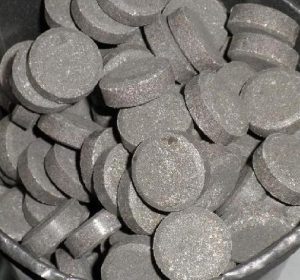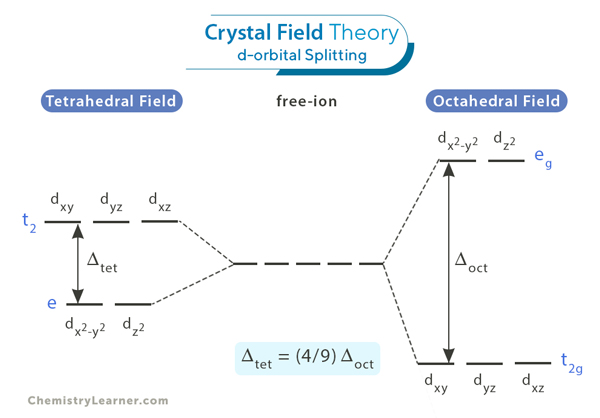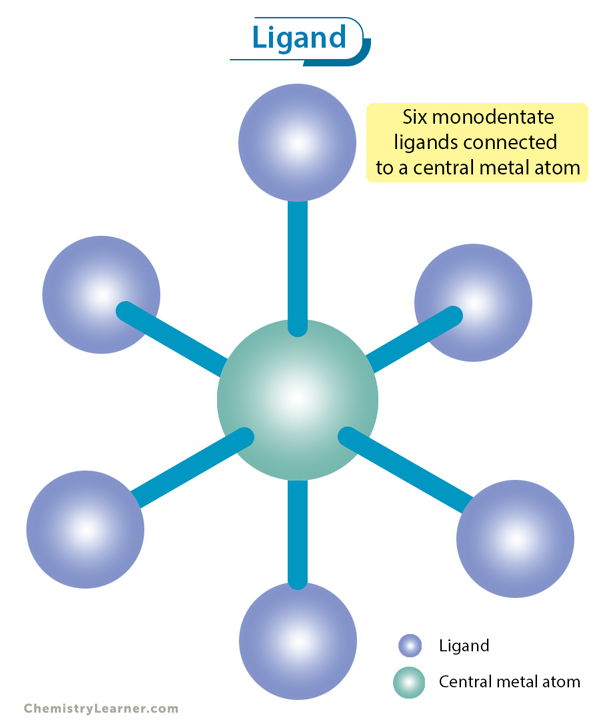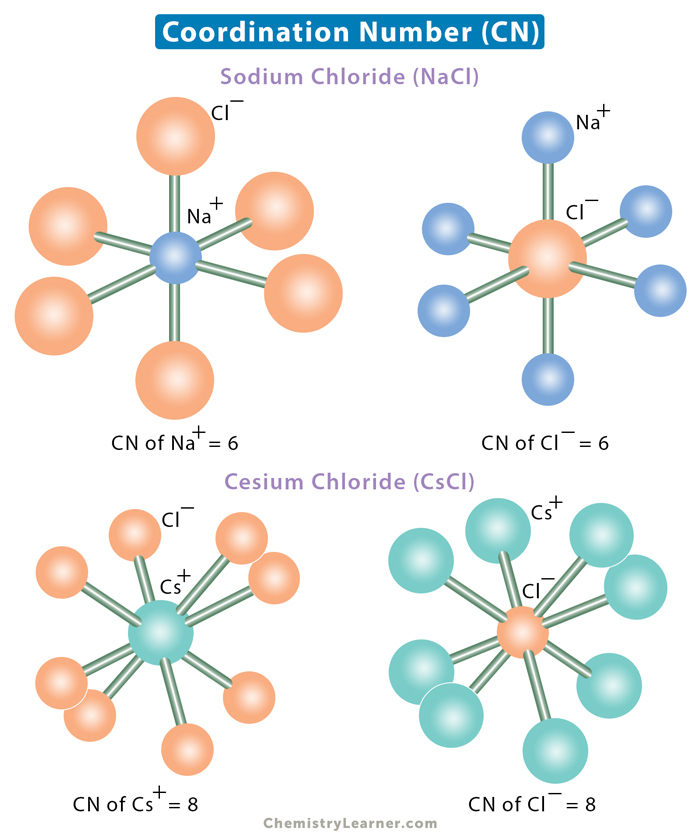Aluminum Phosphide
- What is Aluminum Phosphide?
- History of Aluminum Phosphide
- Aluminum Phosphide Chemical Formula
- Aluminum Phosphide CAS Number
- Molecular Weight of Aluminum Phosphide
- Aluminum Phosphide Properties
- Aluminum Phosphide Production
- Aluminum Phosphide Applications
- Uses of Aluminum Phosphide as Pesticide in Fumigation
- Uses of Aluminum Phosphide as a Semiconductor
- Aluminum Phosphide Supplier
- Aluminum Phosphide Poisoning
- Aluminum Phosphide Antidote
- Aluminum Phosphide Poisoning Symptoms
- Aluminum Phosphide Disposal
- Use of Aluminum Phosphide Fumigation in Food
- Effects of Aluminum Phosphide on Environment
- Aluminum Phosphide MSDS
Aluminum Phosphide is a useful inorganic compound used as a pesticide. Read on to know more about this chemical, its properties, uses and its effects on humans.
What is Aluminum Phosphide?
It is mainly used as a fumigant for pest control and as a source of Phosphine gas (also used for fumigation). This inorganic compound can also be used as a wide band gap or energy gap semiconductor.
It is a reducing agent, which indicates that it acts as an electron donor in a chemical reaction.
History of Aluminum Phosphide
The usefulness of this compound as a source of Phosphine gas or Hydrogen Phosphide (PH3) was first discovered by a German company named Degesch. In 1958, the United States registered it as a pesticide to the Hollywood Termite Control Company, Inc.
Aluminum Phosphide Chemical Formula
The chemical formula for this substance is AlP.
Aluminum Phosphide CAS Number
The CAS number for this compound is 20859-73-8.

Picture 1 – Aluminum Phosphide
Source – bbcapharm.en.made-in-china.com
Molecular Weight of Aluminum Phosphide
The molecular weight of this compound is 57.955299 g/mol.
Aluminum Phosphide Properties
Here are the basic properties of this compound:
Density
The density of this substance is 2.85 g/cm³.
Water Solubility
It is highly soluble in water. It also decomposes in the presence of moisture in air. The reaction of Aluminum Phosphide and water produces Phosphine gas (PH3). The reaction happens in the Hydrolysis process (when a water molecule breaks down into H+ and OH– ions in a chemical reaction) in the following way:
-
- AlP + 3 H
2
-
- O → Al (OH)
3
-
- + PH
3
-
- AlP + 3 H
+
-
- → Al
3+
-
- + PH
3
Physical Appearance
It has a solid and crystallized appearance. The crystals are yellow or grey in color. It has a smell that resembles that of garlic or rotting fish.
Melting Point
The melting point of this compound is 2530 °C.
Aluminum Phosphide Production
Powdered Aluminum (Al) and Red Phosphorus (P) reacts with each other and produces AlP. The mixture of these two is ignited to produce AlP in laboratories.
Aluminum Phosphide Applications
It can be used as:
- Fumigant
- Insecticide
- Rodenticide
- Semiconductor
Uses of Aluminum Phosphide as Pesticide in Fumigation
Fumigation is the process of pest control for grains, soil, buildings and other different stored goods. In this case, the AlP is left to react with water and the resultant Phosphine gas is then used as the fumigant.
In case of fumigation of grains stored in silos, bins or any other similar container, 2- 4 Aluminum Phosphide tablets should be applied per cubic meter. If the grain is stored in a flat storage area, 3- 5 tablets per cubic meter will be adequate. In case of packed food or other stored goods, it will be sufficient to apply 1 to 1.5 tablets per cubic meter.
This inorganic chemical is used to control both the insects and rodents. Following are some information about its uses in the field of pest control:
Insecticide
Insecticide refers to a specific type of pesticide that is used only against insects. AlP is very popular as an insecticide as it is highly effective and very easy to use. The AlP insecticides are usually non-flammable, but it reacts with air moisture and creates PH3 gas which is very toxic and flammable. Due to this reason, these insecticides also contain suitable stabilizers, usually Ammonium Carbamate, to control the development of the poisonous gas.
Rodenticide
It indicates another type of pesticide that is specifically used against rodents. It is widely used in the US and is among the most poisonous pesticides. Aluminum Phosphide rodenticide can be very effective in driving away small mammals like rats, rabbits and moles. The rodenticide pellets are mixed with their food. Once they ingest it, the chemical reacts with the acids in the digestive system of the animal and produces PH3. As a result, the animal gets poisoned.
The use of this material as a fumigant has caused accidental deaths in many countries like Saudi Arabia and the US. The Iranian Forensic Medicine Organization has started a campaign to stop the use of this chemical as a pesticide.
Uses of Aluminum Phosphide as a Semiconductor
It is used as a semiconductor material in different industries. Its alloys with other binary materials are used in devices like light-emitting diodes.
Aluminum Phosphide Supplier
Following are the names of some of the major suppliers of this product:
- Pestcon, United States
- Shanghai Kima Chemical Co. Ltd. China
- Sandhya Organic Chemicals P. Ltd. India
- Chemcolour, New Zealand
- Excel Industries, Australia
- Taiwan Chemicals, Taiwan
- Globe Chemicals GmbH, Germany
- Agrosynth, India
- Penglai Chemical, Inc. China
- Central & Western Chemicals, India
Aluminum Phosphide Poisoning
It can have hazardous effects on humans in case of inhalation or ingestion. Ingesting it almost always causes the death of the victim. AlP poisoning is most common in developing countries like India, though it also occurs in other parts of the world.
Aluminum Phosphide Antidote
There is no known antidote available to this toxic chemical compound. But one medical instance has proved that coconut oil might be useful to some extent to contain the poisonous effects of AlP. Still, there is no simple treatment for AlP poisoning and it is almost always impossible to save the victim.
Aluminum Phosphide Poisoning Symptoms
This poison can cause the following symptoms in a human:
- Nausea
- Abdominal pain
- Tightness in chest
- Excitement
- Restlessness
- Agitation
More severe cases of toxicity results in the following symptoms:
- Diarrhea
- Difficulty breathing
- Respiratory failure
- Pulmonary edema
- Cyanosis
- Hypotension or low blood pressure
- Tachycardia
- Dizziness
- Death
Aluminum Phosphide produces PH3 gas in the body which might be fatal for human health. This gas attacks the following organs:
- Gastrointestinal tract
- Liver
- Kidneys
- Lungs
- Central nervous system
Aluminum Phosphide Disposal
The compound should always be kept in closed containers where it will not have any contact with air or water. Otherwise it will create PH3 which can be fatal for human health.
There are a few points that one should keep in mind while taking care of any accidental leakage or spillage of this chemical. The spilled substance should be cleaned without any delay. It is never advisable to have direct contact with the chemical. So, the person handling the compound should always wear dry gloves and masks. Water should never be used to wipe or wash away the leakage because any contact with water will accelerate the production of PH3. The leaked substance can be spread out on the ground (in case of small amount of leakage) and given a little time to get deactivated by the moisture in air.
Use of Aluminum Phosphide Fumigation in Food
It is used to preserve foods like dry fruits and cereal grains. Proper care should be taken to make sure that the chemical does not come into any kind of contact with the food. In the US, any food fumigated with AlP is kept in open air for 48 hours before it reaches the consumer. In the UK too, special care is taken to make sure that no residue of Aluminum Phosphide is left to affect the food in any way.
Effects of Aluminum Phosphide on Environment
It does not directly affect the environment. Sometimes, however, a carnivorous animal may eat a rat or rabbit which had died of AlP poisoning. As a result, the second animal gets affected by the toxicity and dies. It may affect the ecosystem. Sometimes, endangered birds and other animals may die in this way.
Aluminum Phosphide MSDS
This chemical is highly toxic and may cause some serious problems in a human organism in case of over- exposure. One should always use gloves and safety glasses while handling it. The workplace should also have good ventilation.
Following are some information about its effects on different parts of the body and the measures to be taken in such cases:
Inhalation
Accidentally inhaling this substance may lead to discomforting symptoms like
- Ringing sound in the ears
- Tightness in chest
- Malaise
- Nausea
- Fatigue
If experiencing symptoms, victims should move to a well ventilated area. In case the victim is experiencing breathing difficulty, oxygen and/ or artificial respiratory should be provided. The patient should seek medical aid immediately. Inhalation may even cause death of the victim.
Skin Contact
The affected area should be washed properly with soap and plenty of water. The contaminated clothes should be removed and washed properly before reuse. They should not be left in a confined place.
Eye Contact
It may cause severe eye irritation. One should flush the eyes with plenty of water in case of direct contact. Medical assistance should be taken immediately.
Ingestion
In case of ingestion, victim should immediately wash their mouth with plenty of water for 4-5 minutes. They should drink one to two glasses of water and induce vomiting. Ingestion of this material, whether accidental or intentional, almost always results in death. There are no antidotes or other solutions and it is almost impossible to save the victim.
Without proper handling, this inorganic compound may cause much hazards for humans and other animals. Some countries are even trying to restrict its uses in fumigation.
- References





Quite helpful. I have one question: if I find that aluminum phosphide is added in my food, should I check the dosage? And what is the proper dosage?
It is not added to food. It is only used for fumigation.
with high moisture content is it possible ALP Fumigant change the color of brown rice?
Yes, it is possible that high moisture content can affect the behavior of aluminum phosphide fumigant and potentially cause changes in the color of brown rice. Aluminum phosphide reacts with moisture to release phosphine gas (PH₃), which is the active fumigant. If there is an excessive release of phosphine gas due to high moisture content, it can lead to chemical interactions that might alter the color of the rice.